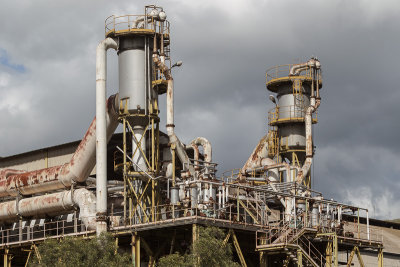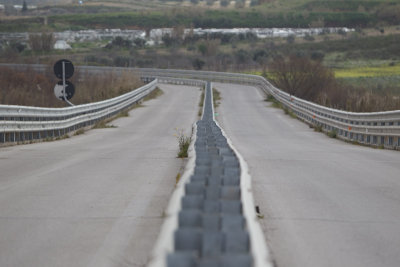





 |
 |
 |
 |
 |
 |
| Jakob Ehrensvärd | profile | all galleries >> Galleries >> Sicily | tree view | thumbnails | slideshow |

gallery: Countryside mining |

gallery: Trabonella |

gallery: Trabia |

gallery: An abandoned processing plant |

gallery: Ghost roads |
| comment | share |
| Mangles Photography | 26-Jan-2014 10:05 | |